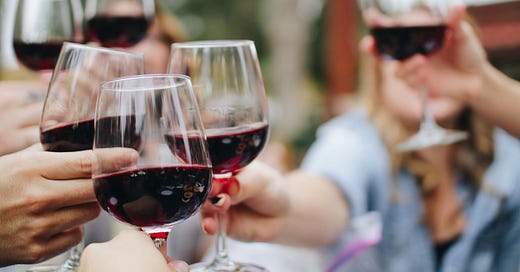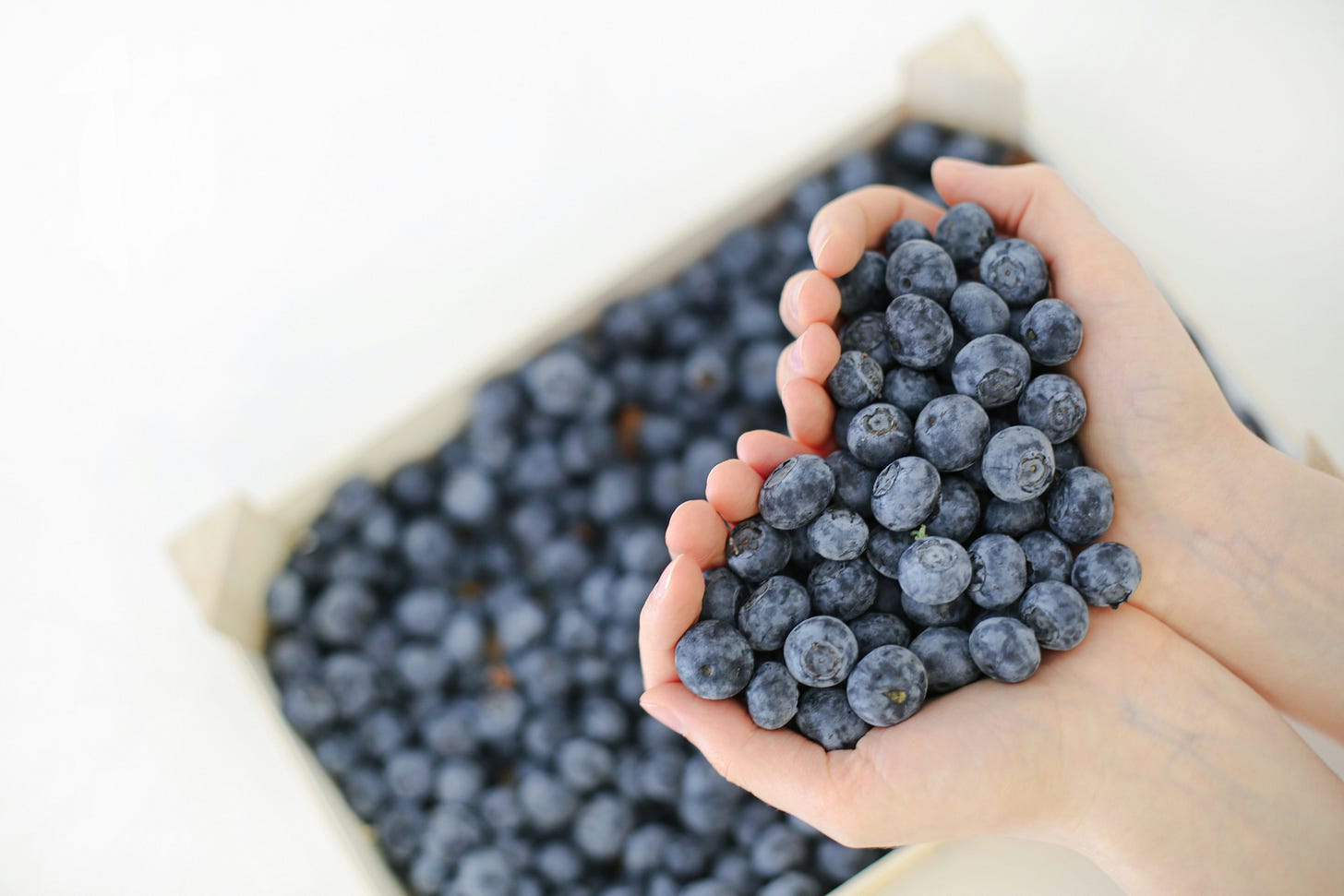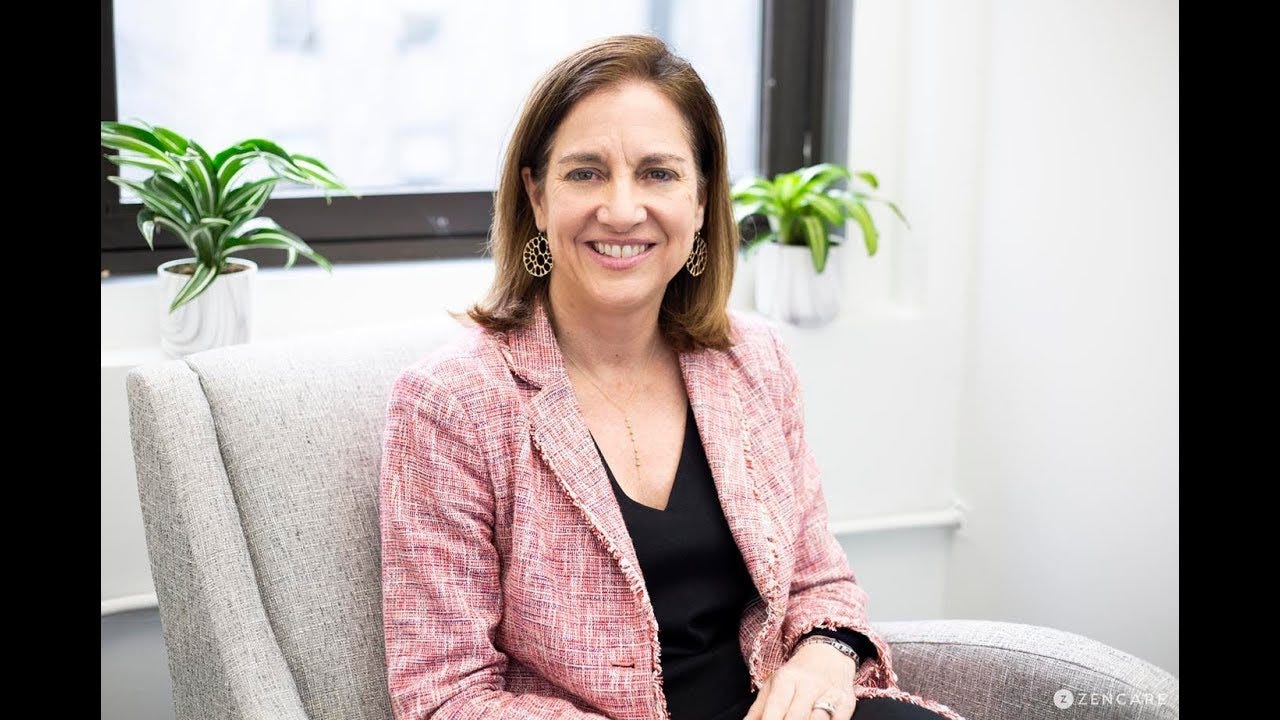Did you know heart disease is killing more women than car accidents or domestic violence or breast cancer or cervical cancer or any kind of cancer?
It’s the leading cause of death for women.
Unlike a cancerous tumor that appears one day and spreads rapidly the next, heart disease is a condition that takes years and years to develop. There are warning signs. Hypertension (high blood pressure). High LDL cholesterol. Low HDL cholesterol (the “good” kind). Prediabetes. Diabetes.
Unlike a high-speed train, we see it coming miles and miles away. It’s preventable. We have ample research showing the causes.
We know, for instance, that smoking causes cardiovascular disease. Even if you smoke on occasion or infrequently, you increase your risk. For women on birth control who smoke, the risk increases even more dramatically. A new study, released in March 2024, also shows that high alcohol intake can raise your risk of cardiovascular disease.
Among the study’s 3,108 participants, those who drank eight or more drinks per week (approximately one per day) had a 45% higher risk of heart disease compared with those who drank just one to two drinks per week.
On many weekends throughout my twenties, I would sometimes have eight or more drinks in one evening (and no, I’m not proud of this).
Another new study, released in March 2024, shows that anxiety and depression are accelerating the development of cardiovascular risk factors among young and middle-aged women. Often considered a low-risk group, the researchers found that young women with anxiety or depression were nearly twice as likely to develop high blood pressure, high cholesterol, or diabetes over a 10-year period compared to those who didn’t have anxiety or depression.
When I spoke with the lead author of the study, Giovanni Civieri, MD, a cardiologist and research fellow at Massachusetts General Hospital and Harvard Medical School and doctoral student at the University of Padua in Italy, he said that even when the participants were taking selective serotonin reuptake inhibitors (SSRIs), the risk remained (though more research needs to be conducted to assess the impact of other medications and therapies like CBT).
“Younger women are thought to be on the safe side with regards to cardiovascular risks so this is often neglected during medical evaluations. We say, ‘Okay, she is younger, she is a [healthy] woman, so she probably doesn't have hypertension or high blood sugar.’ But when a young woman has, for example, depression or anxiety, we should start thinking about checking her cholesterol or her blood pressure. - Dr. Civieri
This new research is monumental — and shows, once again, that mental health has a direct impact on our overall health.
Anxiety and depression aren’t necessarily preventable, but we do know daily lifestyle choices (exercise, sleep, stress-reduction, healthy eating) can help prevent the development of heart disease and improve long-term health. The problem, of course, is that daily habits are very, very hard to change. It also feels impossible when you’re living paycheck to paycheck (which majority of Americans are) and are unable to afford fresh, organic foods, therapy, or a monthly gym membership.
Think, too, of all the women who don’t know this information exists, don’t have insurance, don’t have childcare, haven’t slept through the night in years, are constantly overburdened with household responsibilities, are battling crippling anxiety or depression, don’t have time to exercise, and are too busy to cook.
What we need, in addition to individual lifestyle changes, is better screenings, more support, and more education. We need doctors to prescribe meals instead of medications — and we need health plans to cover the costs of vegetables and fruit. We need to screen for mental health conditions just as we do for smoking and alcohol. We need every woman to know that heart health is just as important as reproductive health, mental health, and maternal health.
Want to live a long, healthy life? Start to focus on the heart.
Sarah Church, PhD, Founder and Executive Director of Wholeview Wellness® Centers, has been working in the field of recovery for more than 20 years — and she loves it.
I sat down with Dr. Church to discuss the rising trends in sobriety and ways in which people can reframe the way they talk about and approach alcohol. She helped me understand that any step toward cutting down your alcohol consumption is a positive step for your health.
Q: First, I would love to know what brought you to this work?
I had a therapist in high school who I loved. I wanted to be her. Only after doing an internship in the recovery space did I decide this was the best space for me. I still love it. It’s amazing to see how much people can change in just a few months.
Q: Sobriety is becoming a rising trend among celebrities and influencers. What do you make of this?
It’s great — and I always recommend people try sobriety sampling.* Ideally, I’d ask them to not drink for three months. Some will bargain for one month. But during that period, I ask them to sample sobriety and see what happens when they don’t drink.
Does their skin change? Do they sleep better? Are they saving money? Are their relationships improved? And how would this experience compare to the life they had while drinking (or using)?
Q: What happens when that period ends and someone decides to go back to drinking alcohol? How can they do this more mindfully?
Try and reflect on this experience and preserve the gains you made during the break. Maybe you watched more movies, exercised more, or talked to more friends. How might you continue these activities?
Consider how you might continue imbedding the positive changes into your life. If you do return to drinking, be mindful. After your first drink, consider how you’re feeling. Most importantly, go slow.
Q: Recent studies have shown that alcohol-related deaths among women are rising. Same with alcohol-related liver disease and bowel cancer. Why is alcohol so harmful for women?
Women who drink heavily increase their risk for breast cancer. Heavy drinking also increases risk for many other types of cancers starting from head and neck cancers and traveling all the way down the body from the esophagus to the stomach to the colon. The whole digestive track is exposed to alcohol when you drink and it increases the risk of cancer in those areas. As women drink more, they are experiencing more cancer risk. If you have cancer in your family, it’s important to consider this as part of the decision about how much to drink.
Q: What are the benefits of a dry month?
Studies have shown that people who stop drinking for even one month over the course of a year see substantial long-term benefits on their health. One month of sobriety (a dry month) has shown to reduce the risk factors in the blood.
A large percentage of Americans consider doing Dry January so this trend is reaching the consciousness of the public. Even if you only take one month off, it’s good to drink less. More and more data is showing that there’s no positive to drinking. Even a glass of red wine isn’t healthy. Thankfully, we’ve seen backlash to the mommy wine culture and we’ve seen a rise of nonalcoholic drinks on the market.
Q: Speaking of nonalcoholic drinks… what are your thoughts on them?
Some find it helpful. For others, it can trigger their desire to have an alcoholic drink. It’s really trial and error. If you find it to be triggering and it leads to more drinking, then it might not be for you. It’s really a case-by-case situation.
It can be beneficial for someone people wanting to moderate their drinking. Drinking a nonalcoholic drink in between alcoholic drinks can cut someone’s drinking in half. And for many, having a nonalcoholic option allows them to stay connected to friends, attend events. it can help normalize the fact that they’re not drinking alcohol.
Q: For those wanting to cut back or cut out alcohol, what advice would you give?
There are a lot of options available. You can ask your primary care doctor about medication. There are three FDA-approved medications available. (See the list here). You can also meet with a therapist or psychologist, attend a self-help or AAA meeting and connect with others in recovery who are experiencing the same things.
There are so many online websites with resources. One of them is myrelationshipwithalcohol.com. You can take a short test to see if your drinking is a problem. There is also a ton of recovery literature, including memoirs on recovery.
Q: What do you want people to know about Wholeview Wellness® and the path to recovery?
No matter your situation, you can come in and talk with us about your relationship with alcohol or substances. We can help you explore it. You don’t have to make a change, but if you’re curious, we want to help you sort through that, regardless of what that means.
Q: Something I ask every expert: what’s one healthy habit you can’t live without?
Meditation. I use the Calm app, and specifically the Daily Calm. My husband and I will lie in bed and do 5-10 minutes of meditation together. I also run with my dog in the mornings.
*Sobriety sampling has been used by mental health professionals for decades, though I, personally, had never heard of it before this interview. Rather than telling a patient that they need to stop drinking for the rest of their lives (even though that may be the goal), the patient and professional can determine a time-limited period of abstinence and work together to achieve this. Sober sampling is used as part of the Community Reinforcement Approach (CPA), which helps make healthy, drug-free living rewarding.
Mind
We know sleep is vital for our health, but did you know it actually cleans the brain? What this means for those who are continuously sleep deprived, I don’t want to know.
New studies reveal the cause of anxiety in young women, which could change the way we treat this mental health condition. Spoiler: it has to do with brain chemicals.
Body
Alcohol and obesity are now known risk factors for bowel cancer, which is reaching younger and younger people.
After hearing of Olivia Munn’s breast cancer diagnosis, I went ahead and used the Breast Cancer Risk Assessment Tool, which revealed I have a 13.9% lifetime risk of developing breast cancer and a 0.4% five-year risk. Anything above 20% is considered high risk and should prompt a conversation with your doctor. What does yours say?
Beyond
Mifepristone is a drug used during miscarriage (not just abortion!) — and without it, we’re going to have many, many problems.
This year, 75% of Gen-Z considered Dry January, the highest of any generation — and more women than men and more parents than non-parents considered abstaining.
The Labor Department is talking about adding “household production” to their assessment of work, which would give recognition to all the women who do the majority of the household chores.
Did you enjoy what you read? Consider subscribing or sharing with a friend.









